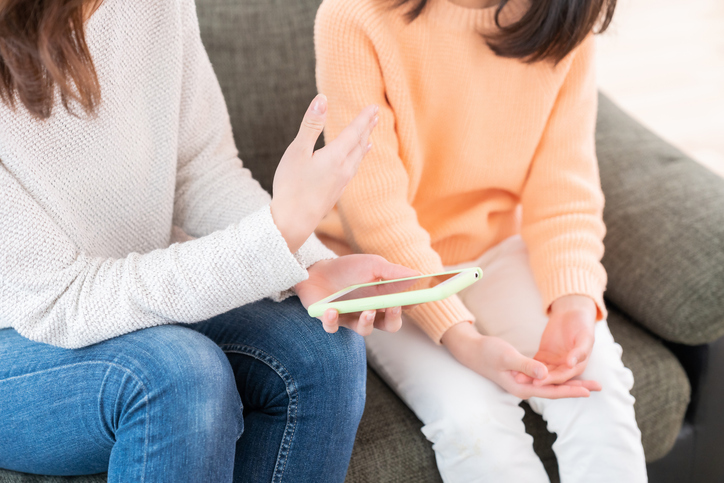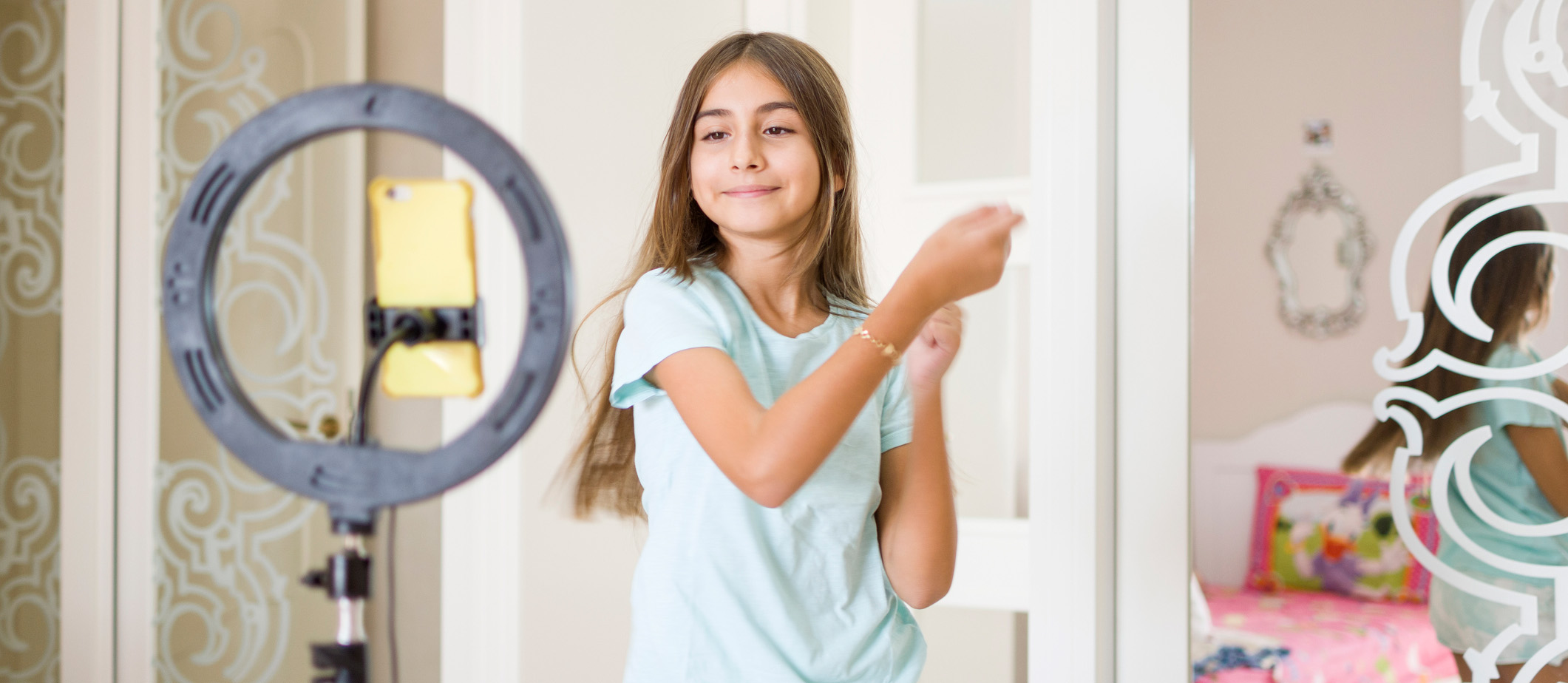Social media and young children
Children engage with digital technology differently than adults understand -whether those adults are in the home, working in the classroom or debating in Parliament. We know that parents, policymakers and educators will be able to make better decisions if they better understand children’s online lived experiences.
Quick links: Strategies for families | Privacy | Influencers
Strategies for families
Kids under 13 use social media. How can parents help keep them safe online?
Some ways parents can help their kids include:
- being aware of what social media your children are using
- modelling healthy social media use, and
- demanding improvements from tech companies in relation to social media design.
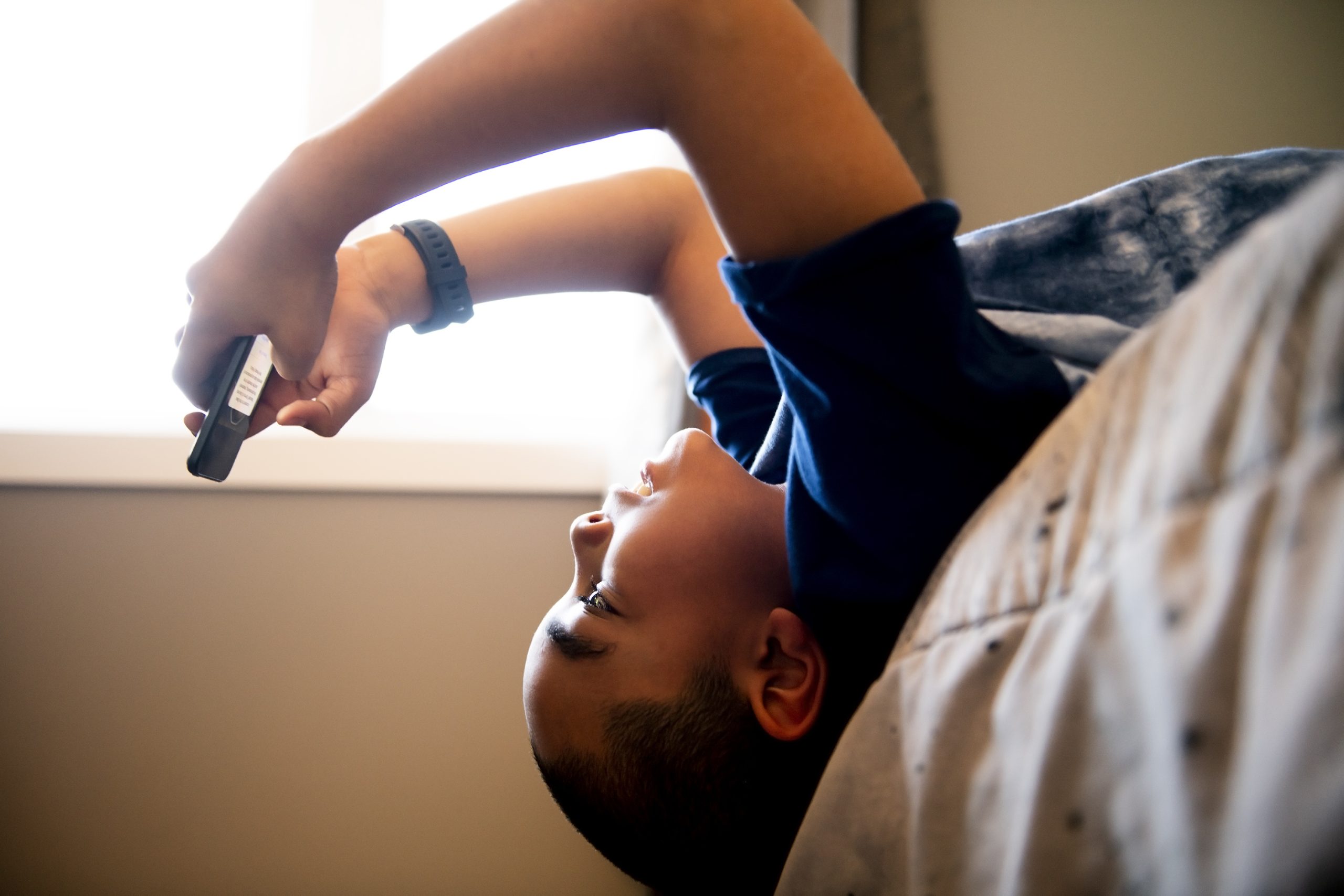
Relax, it’s just a ringlight for kids – Toys and digital literacy.
Wooden toy versions of digital devices, such as cameras, laptops, phones and tablets, are common. Children can learn important ideas from these toys. They can begin to develop early understandings of media literacy and how to use technology. Read more.

Instagram can make teens feel bad about their body, but parents can help.
Parents can ask their young person to show them around the platform(s) so they can understand more about the content they are consuming. Parents can also role model eliminating appearance or weight-based conversations from their own vocabulary. Read more.
Coroner finds social media contributed to 14-year-old Molly Russell’s death. How should parents and platforms react?
Some ways parents can address concerns about their children’s social media use include:
- opening a door for conversation (and keeping it open),
- trying not to overreact, and
- negotiating boundaries together.
Privacy
Is your child’s photo on their school Facebook page? What does this mean for their privacy?
Publication of children’s images and personal information on social media platforms generates a trail of information or profile of that child. This information is permanent and may have implications for children now and in the future, including on their self-esteem.

Instagram’s privacy updates for kids are positive. But plans for an under-13s app means profits still take precedence
For parents and teen Instagram users, the recent changes to the platform are a useful prompt to begin or to revisit conversations about privacy and safety on social media. Read more.
Online privacy, digital trust, and young people – reflections on a public seminar with young experts
There is a perception among the Australian young people that privacy protections needed to be realistic, and that some “trading off” of their privacy to commercial surveillance would always be inevitable. Read more.

Facebook hoping Messenger Kids will draw future users, and their data
Most important is this simple reminder: Messenger Kids isn’t (just) screen time, it’s social time. And as with most new social situations, from playgrounds to pools, parent and caregiver supervision helps young people understand, navigate and make the most of those situations.
Messenger Kids isn’t just making Facebook feel normal, familiar and safe for kids. It’s part of Facebook’s long game in terms of staying relevant, while all of Facebook’s existing issues remain.
Looking for academic articles on privacy and social media?
- Leaver, T. (2021). Balancing Privacy: Sharenting, Intimate Surveillance and the Right to Be Forgotten. In L. Green, D. Holloway, K. Stevenson, T. Leaver, & L. Haddon (Eds.), The Routledge Companion to Children and Digital Media. Routledge. https://doi.org/10.4324/9781351004107-22 [Pre-print]
- Leaver, T., (2017). Intimate Surveillance: Normalizing Parental Monitoring & Mediation of Infants Online. Social Media + Society, 3(2). https://doi.org/10.1177/2056305117707192 [Open Access]
- Leaver, T. (2015). Born Digital? Presence, Privacy, and Intimate Surveillance. In Hartley, John & W. Qu (Eds.), Re-Orientation: Translingual Transcultural Transmedia. Studies in narrative, language, identity, and knowledge (pp. 149–160). Shanghai: Fudan University Press [Open Access Version: https://doi.org/10.31235/osf.io/ay43e]
Influencers
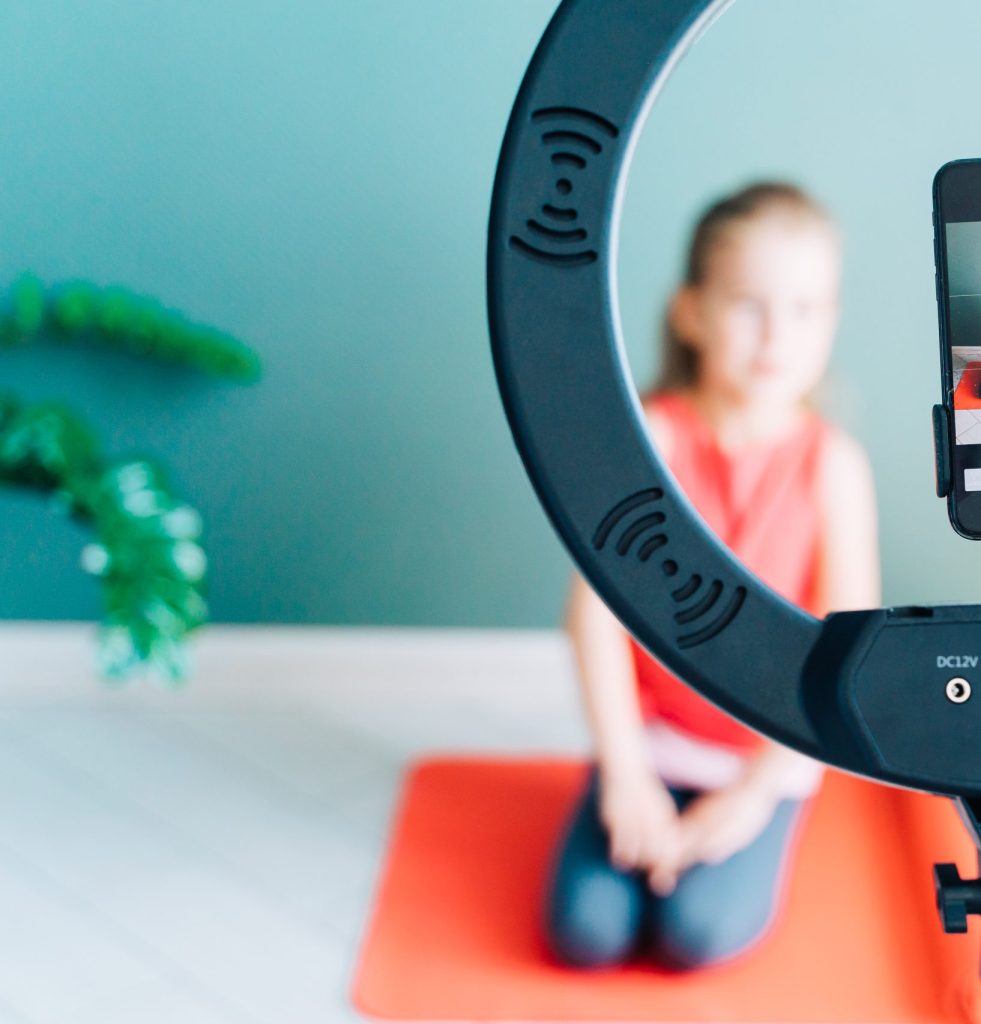
Any online ‘kidfluencer’ content or images of children can be sexualised, as Four Corners report shows. So what can be done?
For all parents, it would be useful to consider the following questions: what pictures would you share online of your child, if any? What kinds of images would you never share? What kinds of privacy settings would you have on any images you do decide to share?
How well do you understand that you cannot really control where your child’s image ends up? What is your family’s plan to teach your child about their own internet use? How will your plans change over time?

‘Kidfluencer’ culture is harming kids in several ways – and there’s no meaningful regulation of it
Parents share content of their children for myriad reasons, including to connect with friends and family, and to seek validation or support.
However, some parents also do this for commercial gain. They manage their children as social media “kidfluencers” – allowing them to work with brands to market products to other children (and adults).
Our research highlights how the kidfluencer culture opens the door for possible child exploitation and a host of other problems.
A better Children’s Internet
While online experiences were now central to children’s lives, providing pivotal input on how they learn and play, the current design of the internet is not well-suited to them. We need to do better if we want children to have fun, productive, safe, and ethical experiences online.
The Manifesto for a Better Children’s Internet is a comprehensive guide to creating an internet more suitable to the needs of children and far removed from the current content free-for-all.
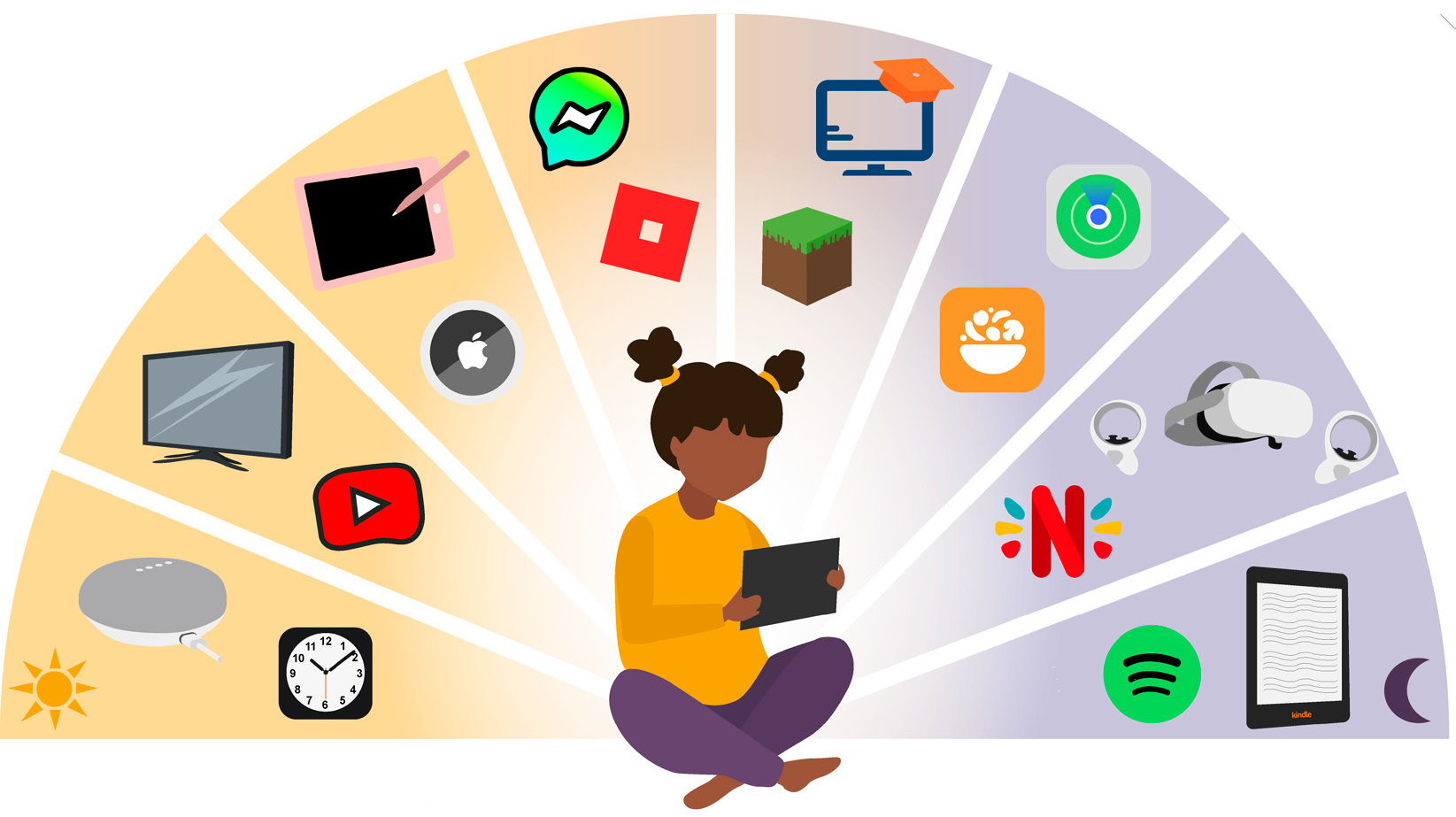
Get our monthly newsletter
Updates on the latest research on children and digital technologies delivered straight to your inbox.


